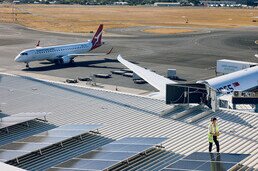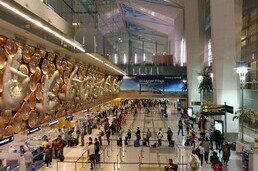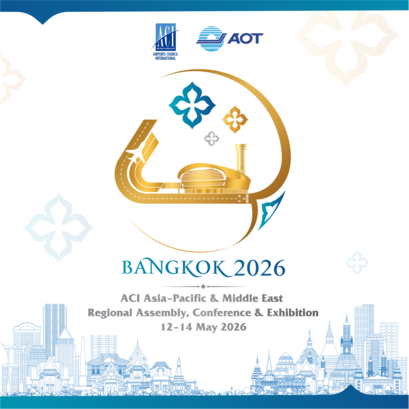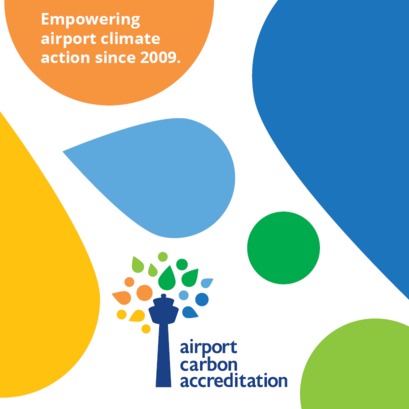
Hawke's Bay Airport Achieves Significant Milestone on Sustainability Journey
- 2023-04-13

Hawke’s Bay Airport’s carbon emission reduction efforts received significant international recognition recently, achieving the highest possible level of carbon accreditation; Airports Council International (ACI) Airport Carbon Accreditation (ACA) Level 4+ ‘Transition’.
Hawke’s Bay Airport (HBAL) is the only airport in New Zealand to achieve the stringent 4+ Transition accreditation, and is now in an elite group of less than 45 airports worldwide in the ACA 4+ category, out of nearly 42,000 airports globally.
Rob Stratford, CEO Hawke’s Bay Airport says the airport is celebrating its achievement.
“Sustainability underpins everything that we do. We have a long history of investing in our sustainability journey, and pledged to reach net zero emissions by 2030. We are there now, many years ahead of where we thought we would be. Taking care of the environment and leading conversations around the sustainable future of aviation is critically important to the Airport. It’s also important that we fully play our part in climate change response and show leadership in our industry and region, because all businesses need to make changes. It’s a strong endorsement that we are on the right track, and means that we have met all the requirements to achieve Level 4+ 'Transition',” Mr Stratford says.
Aligned with global climate goals such as the Paris Agreement, HBAL’s decarbonisation is now firmly focused on absolute emissions reductions and effective partnerships with business partners oriented towards greater sustainability across the entire airport site.
Michelle Duncan, Sustainability Projects Manager, Hawke’s Bay Airport, says the airport is fully committed to decarbonising its operations and being an example to other businesses.
“It has been a long journey and a lot of work to get to this point, and that journey doesn’t stop with 4+ Transition. We now have to maintain this status and continue our progress. We are doing projects every year to improve our carbon footprint, and purchase Gold Standard programme offsets for the emissions that we can’t do anything about just yet, such as our diesel emergency generator and fire truck. Aircraft emissions and emissions from passenger travel to and from the airport have the biggest impacts, so we are investing in infrastructure to support lower carbon options for these too,” says Ms Duncan.
To apply for ACA 4+ Transition certification Hawke’s Bay Airport had its policy commitment, carbon footprint, management plan and reductions, science based reduction target and stakeholder partnerships independently verified in accordance with GHG Protocol, ISO14064, and ACA application manual.
Stefano Baronci, Director General, ACI Asia-Pacific says: “We are proud of Hawke's Bay Airport's excellent achievement in reducing carbon emissions and setting an example for airports in the region.
“Hawke's Bay Airport is firmly positioning itself as one of the leaders in efficient carbon management and this achievement truly demonstrates its firm commitment to invest in a more sustainable future. It’s encouraging to see airports making tremendous efforts to adapt to the impact of climate change and enhance climate-resilience in an era of unprecedented challenges for the industry," says Mr Baronci.
With this achievement, HBAL has also met the sustainability performance targets in its $23 million sustainability linked loan (SLL) funded by ASB, resulting in a reduction on the interest rate on that loan. Hawke’s Bay Airport is ASB’s first sustainability linked loan partner.
- CATEGORY
- COUNTRY / AREA
- New Zealand
- AUTHOR
- Hawke's Bay Airport

